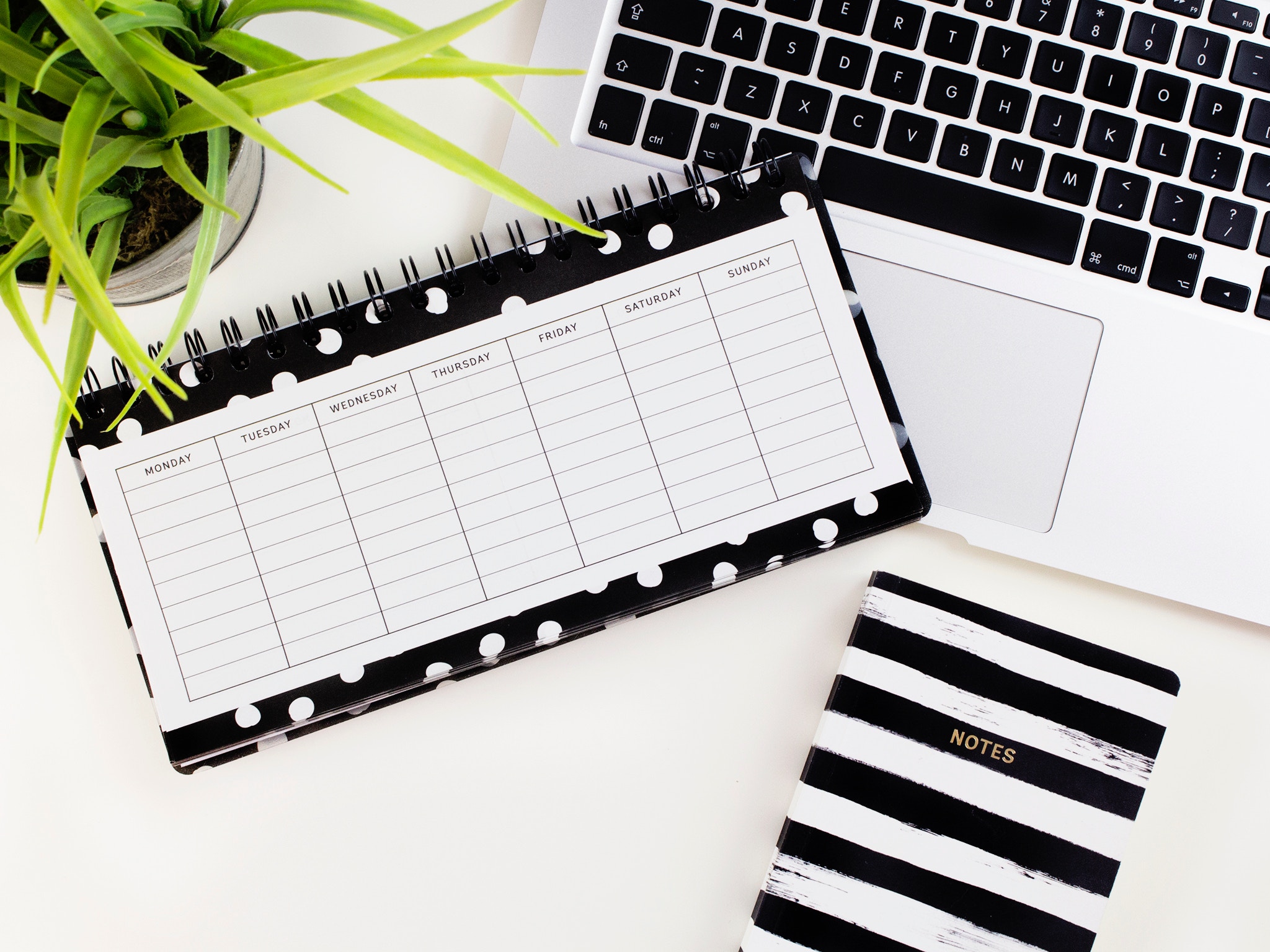Being an influencer isn’t as glamorous as your favorite content creator makes believe: it’s hard work and there is simply no getting around that. Being a good content creator means constantly analyzing your reach, learning new tools, researching your hashtags and more. Then you throw in creating kickass content, working out what to post, brainstorming scenarios that fit with your target audience and, last but not least, actually publishing your content. It isn’t all pretty selfies and free stuff, the workload is brutal!
Being an influencer goes far beyond scheduling Instagram and Facebook posts for a given day. It’s making sure that social media activity is aligned with other active (marketing) efforts such as creating the actual vlog, editing the video and attending events. You need a place to manage all of those efforts where they can be interpreted clearly at first glance. Enter the content calendar.
What is a content calendar?
A content calendar is a working document (usually in spreadsheet format) used to schedule out what you’ll post for the coming year. A well organized content calendar also helps keep track of the assets you need to create and the timeframe you have to create them.
The main advantages of a well-maintained content calendar is the ability to visualize your content strategy, work more consistent and most important: they help you avoid the panic of having to create something at the last minute.
A content calendar allows you to:
- Plan content around key events in your industry or around important dates
- See where you have gaps in your agenda, so you have enough time to line-up new content
- Give your partners and advertisers a clear plan for the coming months.
How to build a content calendar?
Step 1: Define Yourself.
By now you should already have defined yourself and thought of the way you want your audience to perceive you. You need to have a clear idea of your tone of voice, target audience, the topics you’ll talk about, the channels you’d like use to distributing your content and your post frequency to continue to the next step.
Step 2: Find Key Dates
The key dates in a content calendars are different for every business or person, but most people start by filling in public holidays and popular days like Valentines or Black Friday. This is because each of these dates provides an easy opportunity to connect with their target audience.
Make sure not to fall into the trap of becoming overwhelmed by so many events. You don’t need to include each and every one of them. Instead, go for the ones that are relevant to your persona and audience.
Found the days you’d like to communicate about? Great! Spread them across your calendar or spreadsheet.
Step 3: Take stock of your assets.
After identifying the relevant events and key dates, we have got to work on the content to coincide with it. Before you start creating new stuff, let’s start by taking stock of your assets! You probably have hundreds of posts written, thousands of photos shot and hours of video filmed… But they’re all collecting dust on your hard drive in one of your graveyard-folders. What a waste!
It doesn’t make sense to spend lots of hours in creating content, and then letting it die once you’ve published something new. That’s why I advise that you collect all the old content you’ve ever created and analyze it: from tutorials to case studies, from interviews to cool hacks, to short (unpublished) videos and behind the scenes footage.
Take a quick look at everything, see if they are still up-to-date and list the ones that stand out because they:
- Are more in-depth
- Are more shareable
- Create a lot of engagement
- Are exclusive content
- Are a perfect fit with your brand identity
- Are linked to one of your Key dates.
Step 4: Schedule old assets.
You’ve got your list? Perfect! Let’s start scheduling!
The biggest tip I can give you now, is color-code your content. Give every content-type a different color (Green for images, blue for blogs,..) so you can interpret your calendar clearly at first glance.
Our main goal is to stay ahead of the game, so let’s start by scheduling the seasonal content connected to a key-date. Decide when you want to post them, which platform they should be published on and what assets you’ll need.
Once all the content linked to the key dates is scheduled, you can start looking at the gaps: do we have empty spots? When? What platforms? Can we fill it with the leftover non-seasonal assets? Yes? Let’s go!
Step 5: Brainstorm content ideas and fill the gaps.
You probably have a ton of topics you still want to talk about, or have massive holes in your calendar that you still need to fill. Well, now is the time to start coming up with ideas to fill the gaps and start creating them!
Tip: try to stay creative by adding in Quotes, Tips, Q&A, Videos, etc.
Step 6: Keep an eye on your surroundings.
Don’t rely on your calendar completely: you might have forgotten about a key date, or they suddenly announce a local event which wasn’t in your planning yet. Make sure to check up on the trends and take advantage of news stories that fit your audience.
Make sure to also keep track of the content you are publishing along the way: pull the topics and stories that aren’t performing and push the stories and topics that are skyrocketing.
Conclusion
With the help of a content calendar, you’ll be on the right track for publishing well-balanced and diverse content, while still having a manageable workflow. To run a solid business, you need solid systems in place and your content calendar is a part of those systems!
